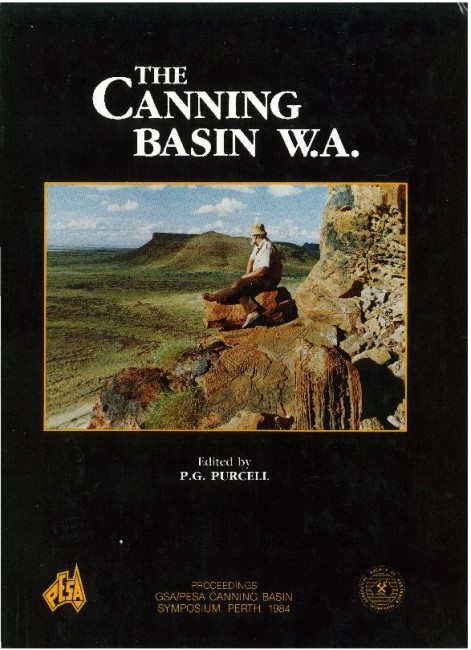Publication Name: The Canning Basin, W.A.
Authors: J. Karajas and C.N. Kernick
Date Published: December 1984
Number of Pages: 20
Reference Type: Book Section
Abstract:
The Broome Platform in the Canning Basin contains a prospective dolomite reservoir trend in the Ordovician Nita Formation. Eagle's Aquila No. 1 penetrated approximately 30 metres net of reservoir beds in the top of the formation. Core-derived porosities in the reservoir beds range between 10.0 and 18.5% and permeabilities range between 35 and 3,310 millidarcies. These beds are composed of brown mottled zones of crystalline dolomite with minor vuggy porosity as well as poor to excellent intercrystalline porosity and were originally deposited either as ooid or pelletal grainstones or as algal boundstones in shoreline or off-shore shoal environments with relatively high wave energies. Dolomitisation has preserved initial primary porosities. The intervening beds comprise either grey-green, laminated argillaceous dolomite or limestone, deposited in subtidal environments, or grey-brown laminated argillaceous dolomite, with mud cracks, deposited in supratidal environments. The sequences are cyclical and generally regressive.Comparison of the Aquila core with cores from Parda No.1 and Edgar Range No.1 suggest that the Nita Formation on the Broome Platform was deposited in three broad ranges of environments : supratidal (Parda), intertidal (Aquila) and subtidal (Edgar Range). A dolomite reservoir trend on the Broome Platform is progoosed and its relevance to petroleum prospectivity is discussed.


